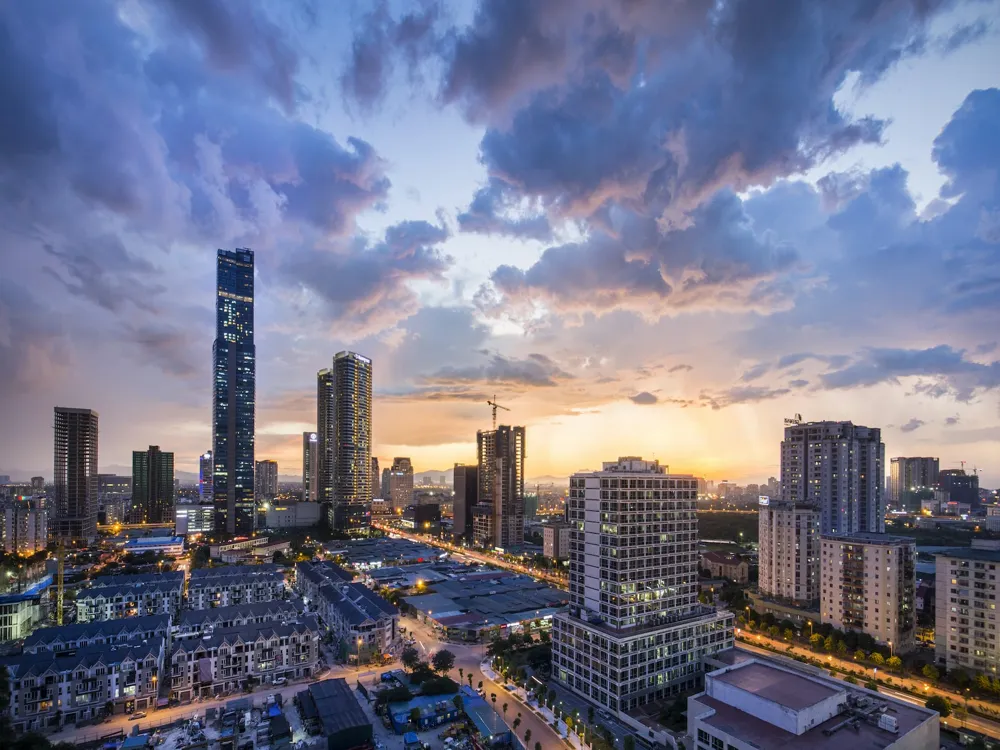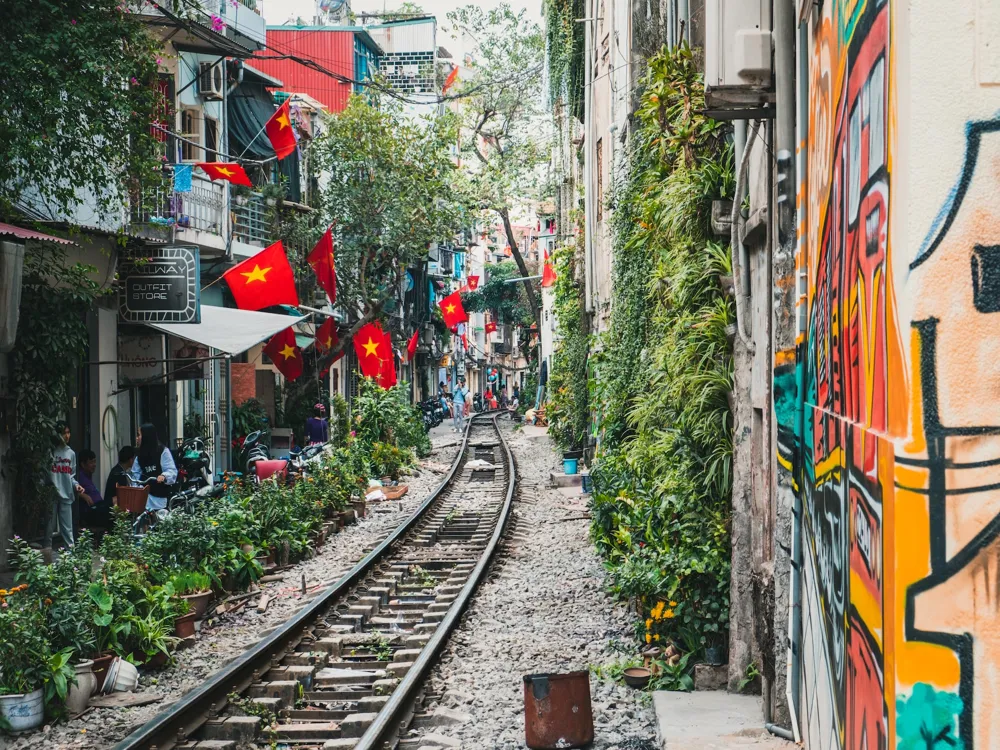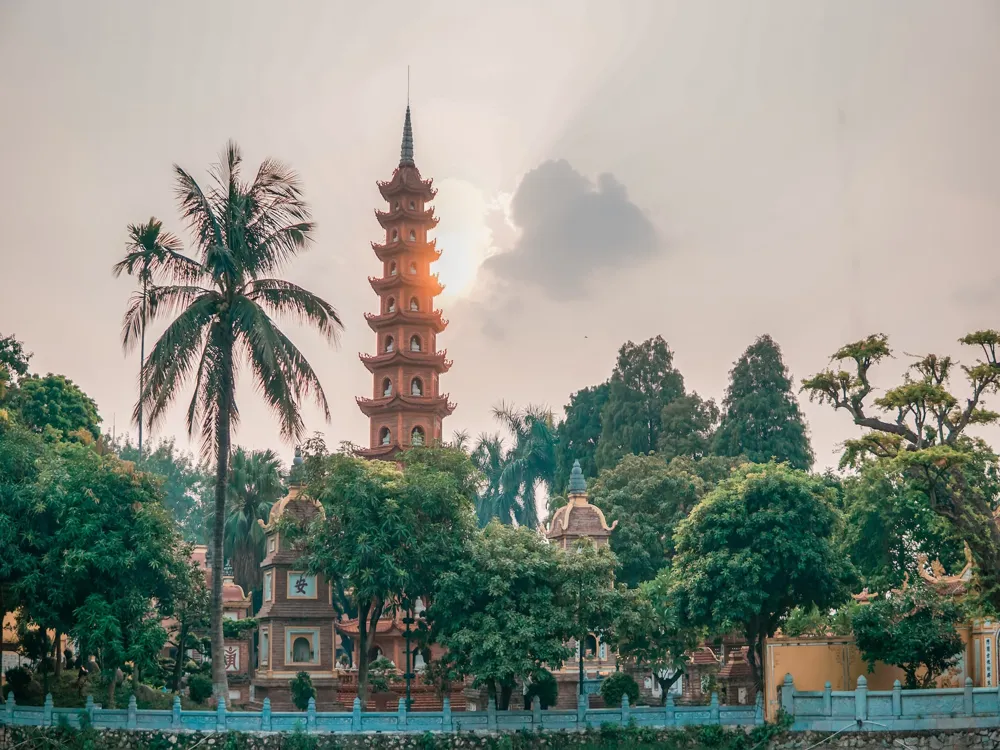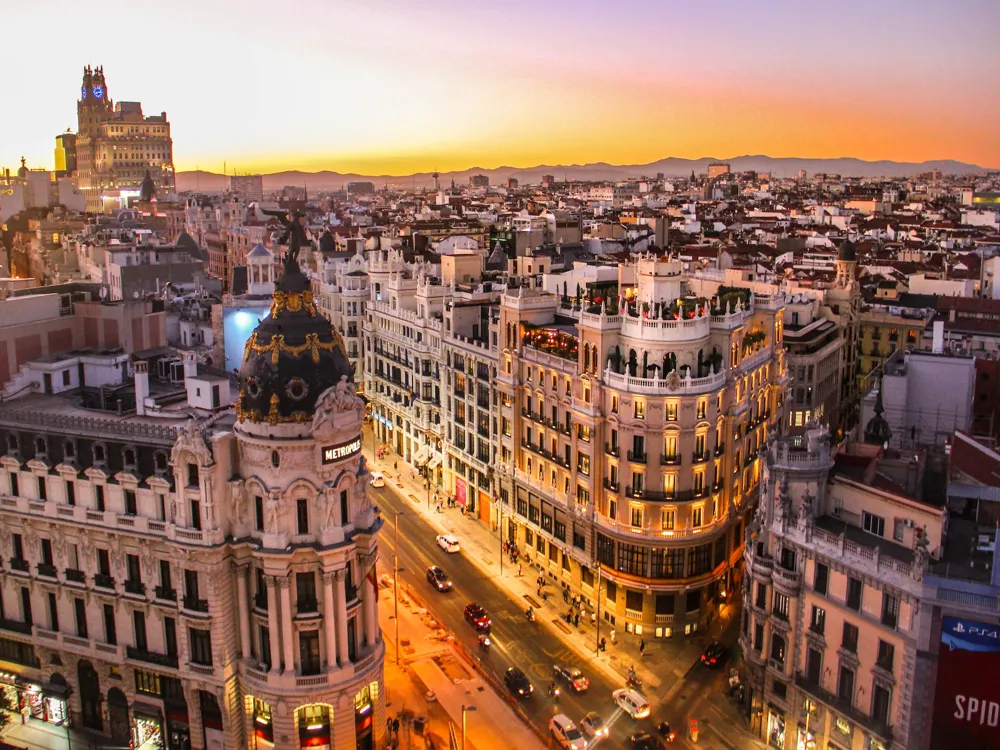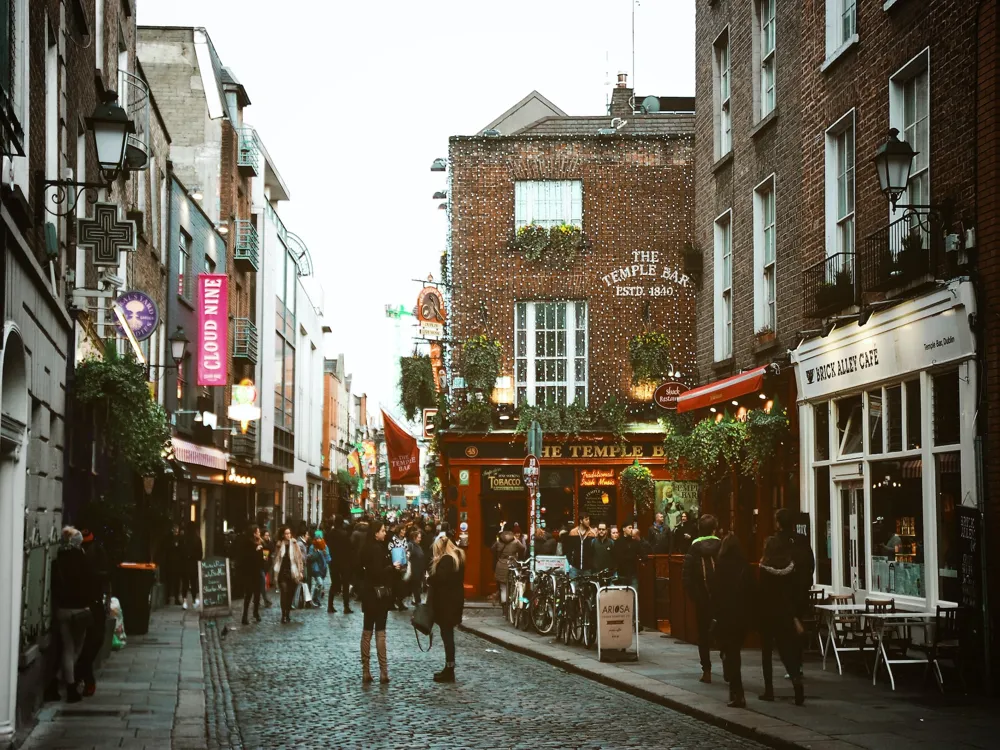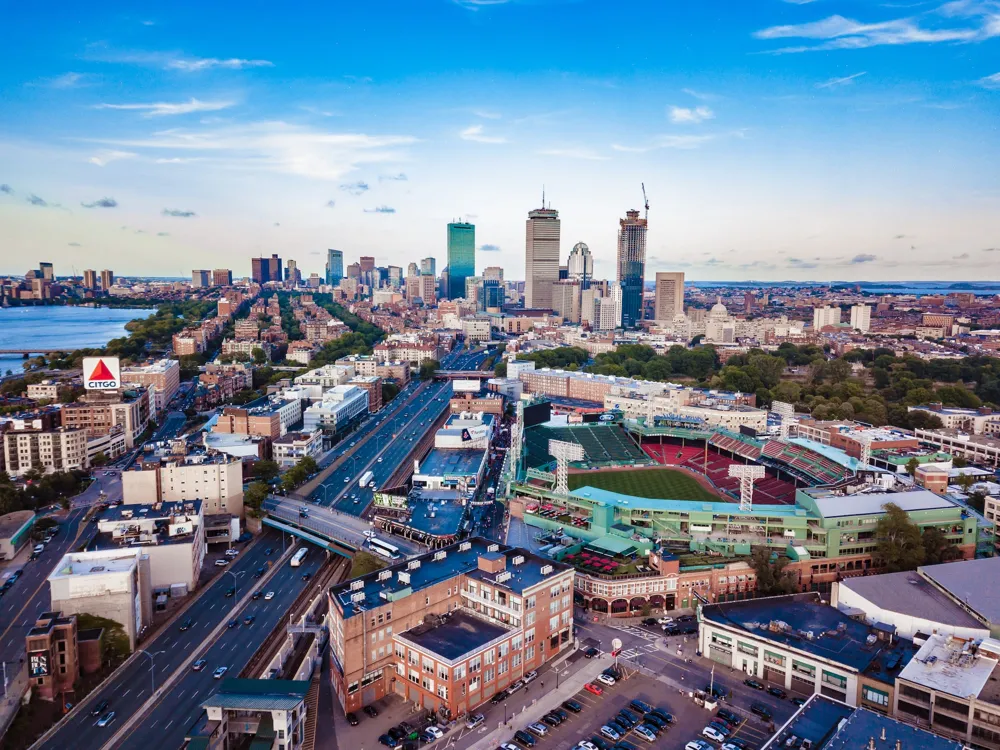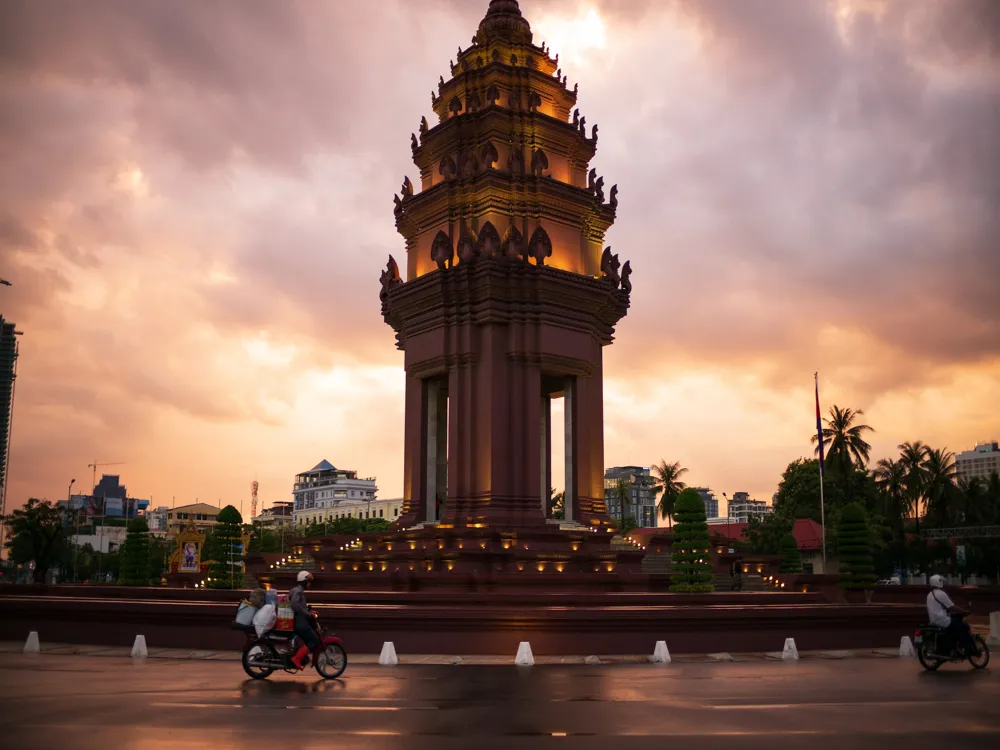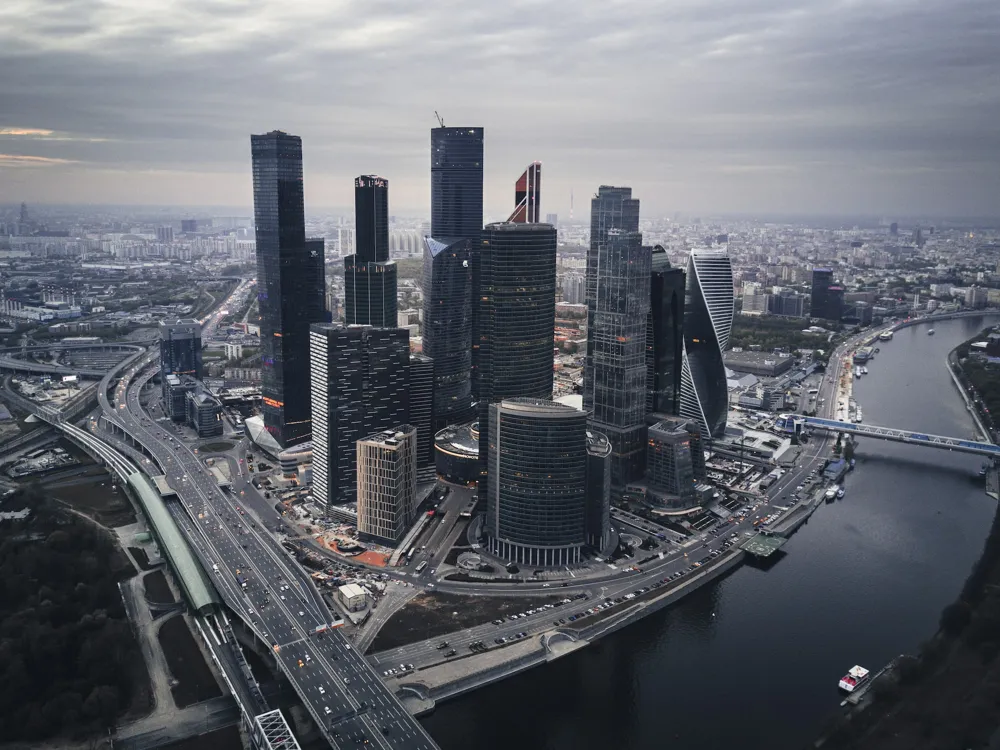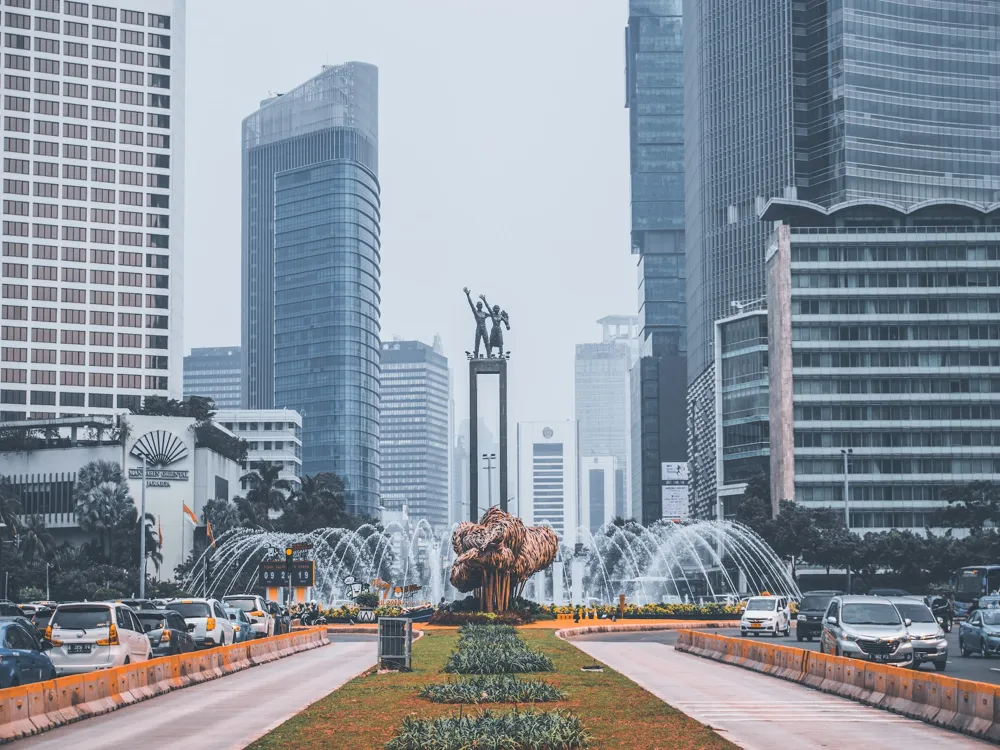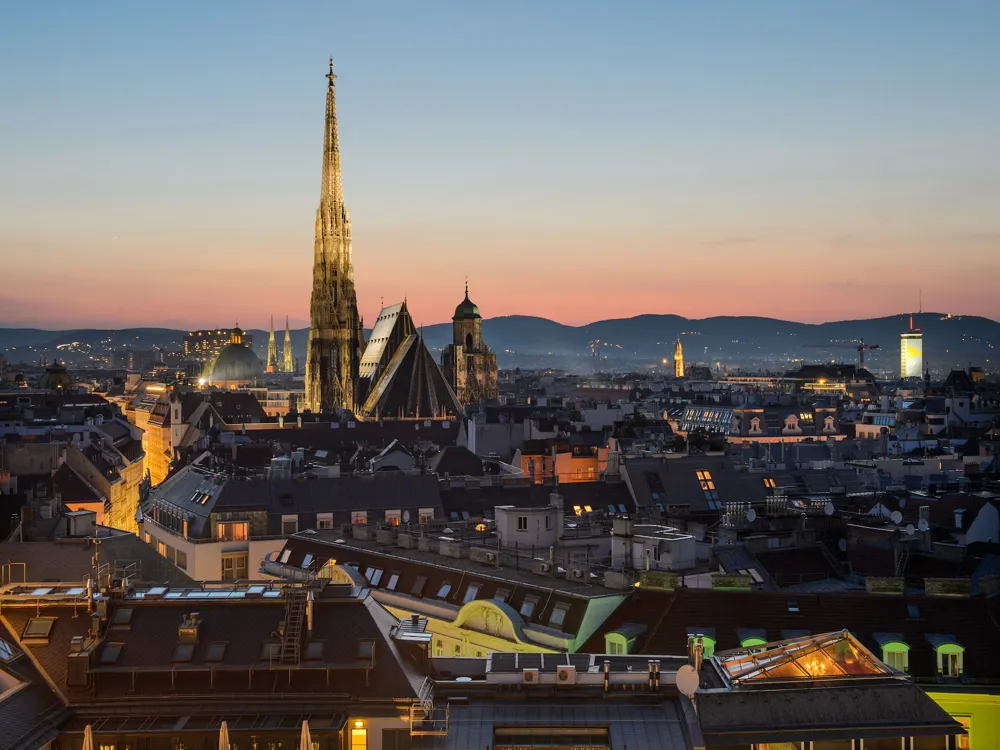Plan Your Travel To Hanoi
Places To Visit In Hanoi
Aeon Mall Long Bien
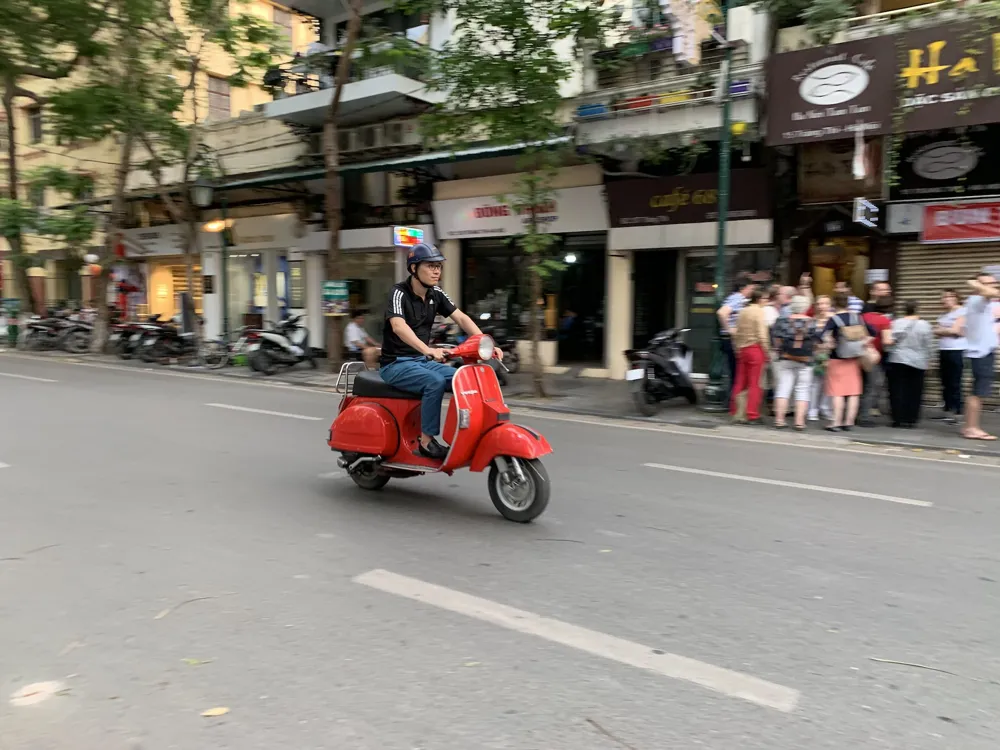
Aeon Mall is a Japanese-owned shopping mall in Hanoi with over a 100 retail outlets. There are many international brands like Adidas, Yves Rocher and Dr. Martens. Families can even catch a movie, enjoy bowling or head to the games arcade with their children. There are plenty of cuisine options like Thai, Vietnamese or Western food in the food court.
If you are a shopaholic or simply want to relax, you surely would not want to miss out visiting Aeon mall on your trip to Hanoi. Aeon mall in Long Bien is a four-storey, modern building with retail outlets, a plethora of restaurants and dining options, multiple entertainment centres, play areas and a Cineplex. This huge mall is a popular place to chill and relax among locals and travellers alike, a place where everyone, be it kids, adults or elderly, can indulge in various fun-filled activities. A safe haven from the scorching heat of Hanoi, it is a great place to window shop and buy some products from national as well as international brands, or simply indulge in local delicacies to satiate your taste buds. The mall might look sophisticated and posh, but everything in here is fairly priced and will definitely not burn a hole in your pocket. Visiting this magnificent mall will definitely be a fun-filled and delightful experience.
Read More
Quan Su Pagoda
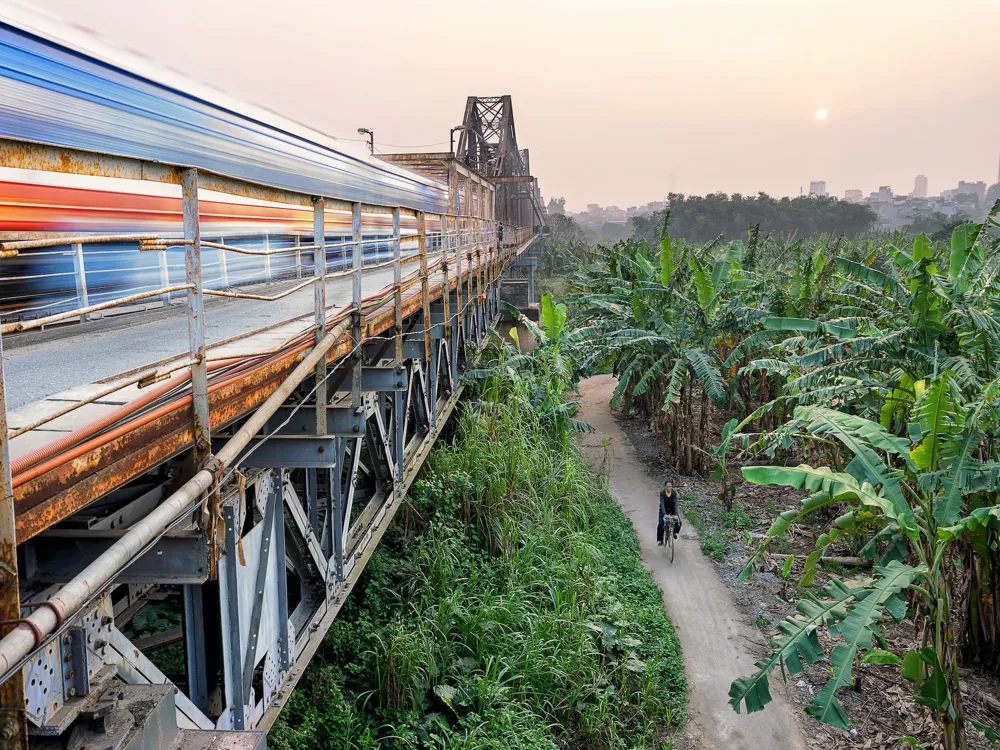
Built in 15th century during the reign of Le Dynasty, the Ambassador's Pagoda is popularly known as the Quan Su Temple. Built to recieve Buddhist ambassadors, the temple is lesser known to tourists yet. The pagoda serves as the headquaters for Vietnam Buddhist Association. The temple also houses wax figures of Buddhist monks of the past.
Chua Quan Su, as they call the Pagoda in Vietnamese, is a heritage site that was built during the Le Dynasty. A place with immense historical and religious importance, this temple dates back to the 17th century when it was built in reverence for Buddha, from the leftovers of a 15th-century Ambassador's guest house. It is said to be the lone survivor of two massive fires and the chaotic destructions that took place during the end of the Le Dynasty. Located in Hanoi in North Vietnam, it is a must visit for all Buddhists and people who are interested in Buddhism, as it is one of the temples where all their official ceremonies are held. This serenely beautiful structure is now home to nearly a dozen monks and nuns who are engaged in their peaceful prayers and meditation.Quan Su Pagoda ArchitectureSourceThe Quan Su Pagoda's beauty lies in its rich architectural work. Be it the elaborate woodwork, the wonderfully gilded main hall, imposing altars, the aesthetic wax sculptures of former monks or the various images of Buddha from the past, present and future within the main tower of the temple itself or the well-maintained grounds and the beautifully built shrines around it, they all add up to the magnificence of the place. How to Reach Quan Su PagodaQuan Su Pagoda is Located on Quan Su Street in the Hoan Kiem Districtin Hanoi, Vietnam (Source)The Quan Su Pagoda is located on the 73rd Quan Su Street in the Hoan Kiem District, a 15-minute walk from the Old Quarter. The closest bus stops are the Ly Thuong Kiet and the Chua Quan Su, both a two-minute walking distance from the temple. These bus stops can be reached by bus lines 01, 32, 40, 49, 86, 86CT. To reach the Pagoda from anywhere in Hanoi, it is recommended to take a taxi. If one wants to visit the place as a local, one should go for a motorbike tour which also couples other tourist attractions like the Hanoi Police Museum and Hoa Lo Prison.Dress Code for Quan Su PagodaThe Quan Su Pagoda is a Place of Worship, so be Respectful of the Religious Sentiments (Source)Since the Quan Su Pagoda is a place of worship, tourists are expected to be respectful towards the proceedings at the temple. Also, one must cover their shoulders and knees to be allowed to enter.Best Time to Visit Quan Su PagodaThe best time to visit Quan Su Pagoda is during any Buddhist holidays or during the Vietnamese New Year, Tet! The festivities are at its peak at such times and the whole place is decorated for the celebrations.Quan Su Pagoda in Hanoi, Vietnam (Source)The beauty of the place coupled with its historical importance makes it a complete wonder. Its scenic beauty provides with a feeling of solace and one finds peace with oneself. The rituals and prayers which take place in the temple are of much importance to people as they too pray for their well-being here. Together, it is a good way to connect with nature, find one's own peace and admire a product of great architectural value at the same time.
Read More
Ancient House
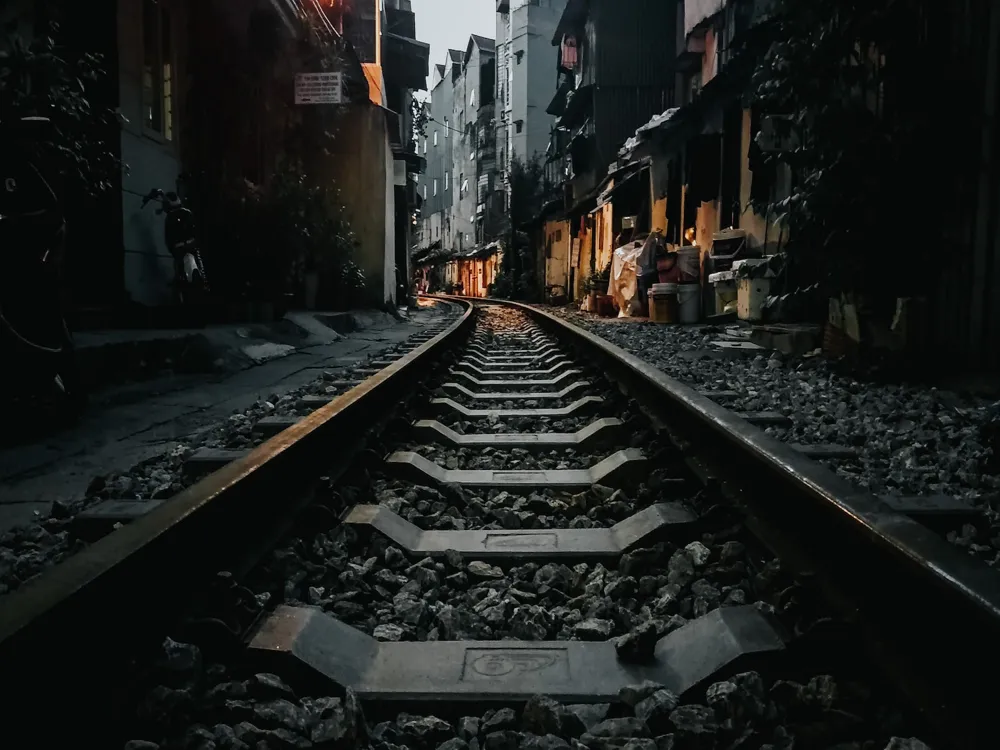
The Ancient House in Hanoi, also known as Heritage House is located in the Old Quarter of Hanoi and is a sneak peek into traditional living styles of the Vietnamese. The attraction is especially for the history and architecture lovers.
The heritage house consists of a living room, bedroom, bathroom, kitchen, balcony and a courtyard. Today, it's become more of a souvenir shop than a museum where visitors can buy traditional Vietnamese decoration items.
Built in the 20th century, Ancient House is a typical example of Hanoian architecture. This mesmerizing and quaint one-storey house is perfect to get a glimpse into the traditional lifestyle and architecture that prevailed in Hanoi at least a century ago. The ground floor is divided into two blocks, with a square yard connecting the two. The yard, at the centre, was built for cross ventilation of air through which cool winds and soothing sun rays would seep in, making the whole house bright and cool. The room on the ground floor faces the street and was used as a small shop for selling goods. A kitchen and bathroom are also located on the ground floor, a feature of traditional Hanoian architecture.
Read More
B52 Victory Museum
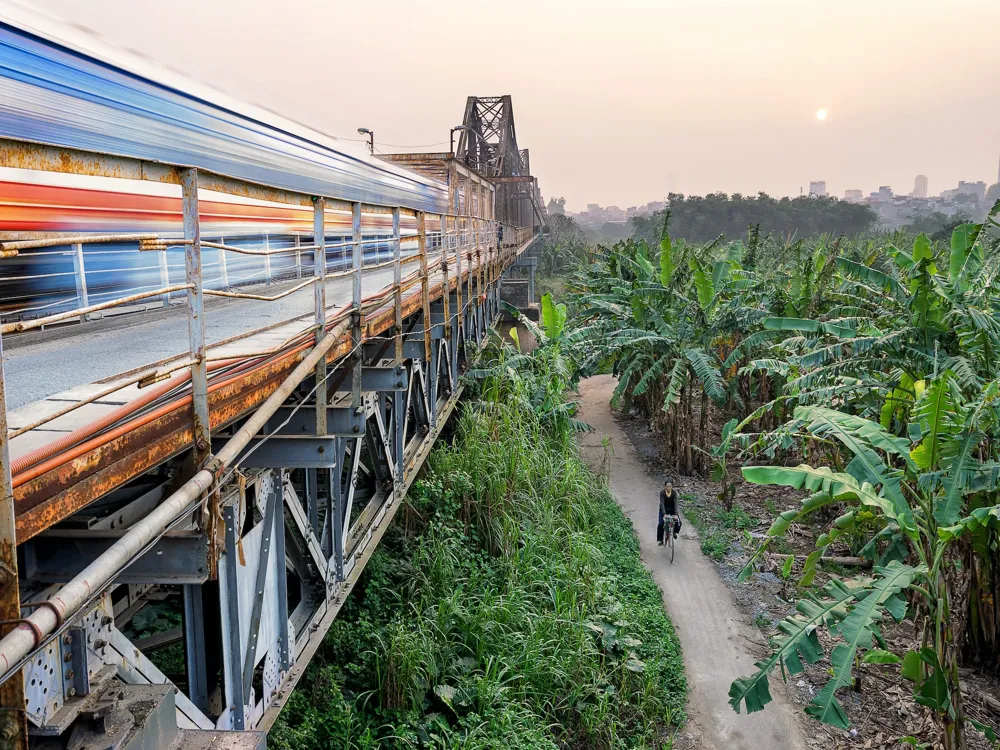
The B52 Victory Museum of Hanoi was established as a memorial for the 1972 campaign 'Hanoi-Dien Bien Phu In The Air' when the Vietnamese Air Defense Force shot down 81 aircrafts and forced US to pull out of Vietnam. There are many weapons, iamges, documents, wreckage and other exhibits praising the Hanoi troops.
B52 Victory Museum is a great place in Hanoi to understand the rich and turbulent Vietnamese history relating to war. A number of weapons and aircrafts like the famous wreckage of the B-52 bomber, MIG 21 and SAM missile launchers are put on display that were used in wars. The museum also showcases interesting and fascinating photographs clicked during the war which will make your spine shiver. B52 Vicctory Museum Holds Many Pieces of American Artillery Captured by The Vietnamese Army (Source)The highlight of this intriguing museum is the salvaged American planes and tanks captured by the Vietnamese army during the war. A walk here will present before you a record of the military history of Vietnam, especially the struggle for independence, in detail combined with a lot of interesting facts. The B-52 museum is of great historical and cultural significance which should not be missed out on. The nearby Huu Tiep Lake, sporting the downed B52, will increase the value of these historical artefacts.How to Reach B52 Victory MuseumB52 Victory Museum is located on Doi Can Street in Ba Dinh District. This museum can be easily reached from any part of Hanoi by hiring a taxi. The B52 Victory Museum is Located in Ba Dinh District of Hanoi, Vietnam (Source)B52 Victory Museum is a great place to travel back in time and know about the history of Vietnam. The different weapons and aircrafts kept on display makes the museum even more fun and interesting. This museum is a must visit to get a deep insight into the turbulent history of Vietnam and all the wars Vietnam has fought over the years.
Read More
Ba Dinh Square
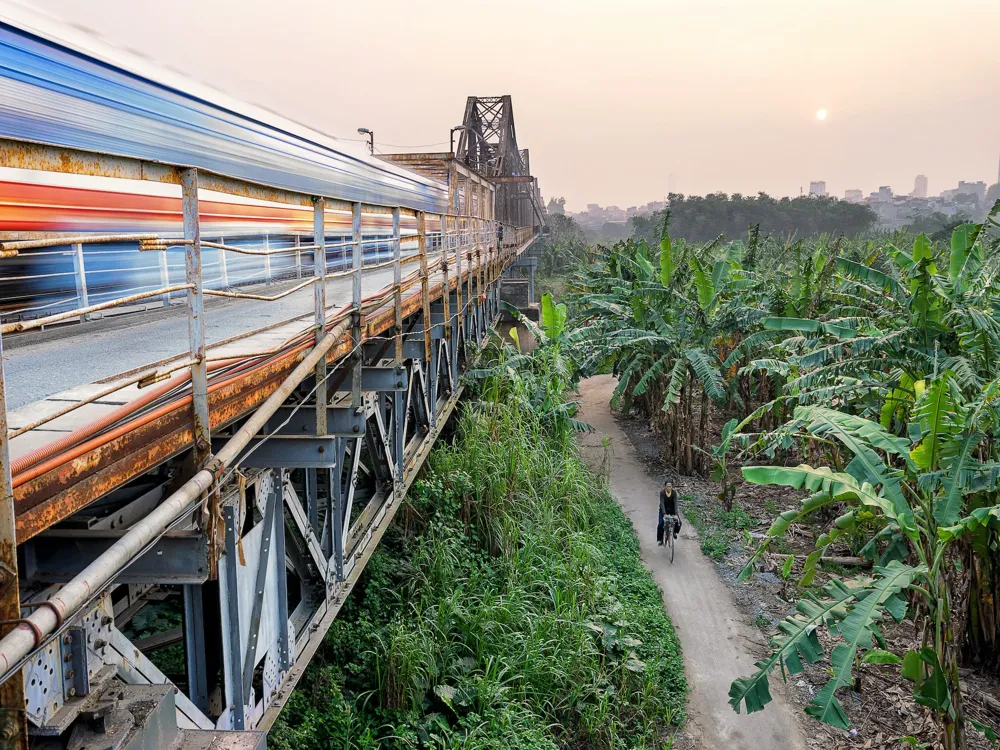
Ba Dinh Square, the huge yard in front of Ho Chi Minh Masoleum, is a historical milestone where the Declaration of Independence of Vietnam was read in 1945.
Ba Dinh Square is comprised of Ba Dinh Hall, Ho Chi Minh Mausoleum, Ho Chi Minh Museum and a monument dedicated to heroic martyrs. It is the perfect place to get an insight into the modern history of Vietnam's struggle for independence. The historical milestone is surrounded by several important buildings including the President's Palace, the Ministry of Foreign Affairs, National Assembly Building, and the Ministry of Planning and Investment. A number of events and festivals are organized frequently at Ba Dinh Square, making this place lively and chirpy. A visit to Ba Dinh Square is a must as this serene place is perfect to know the history of Vietnam and also to pay a visit to the various significant buildings that surround it. Ba Dinh Square, with its greenery and different architectural marvels surroundings, is a perfect place to spend a day relaxing and exploring the history of Vietnam.
Read More
Ba Vi National Park
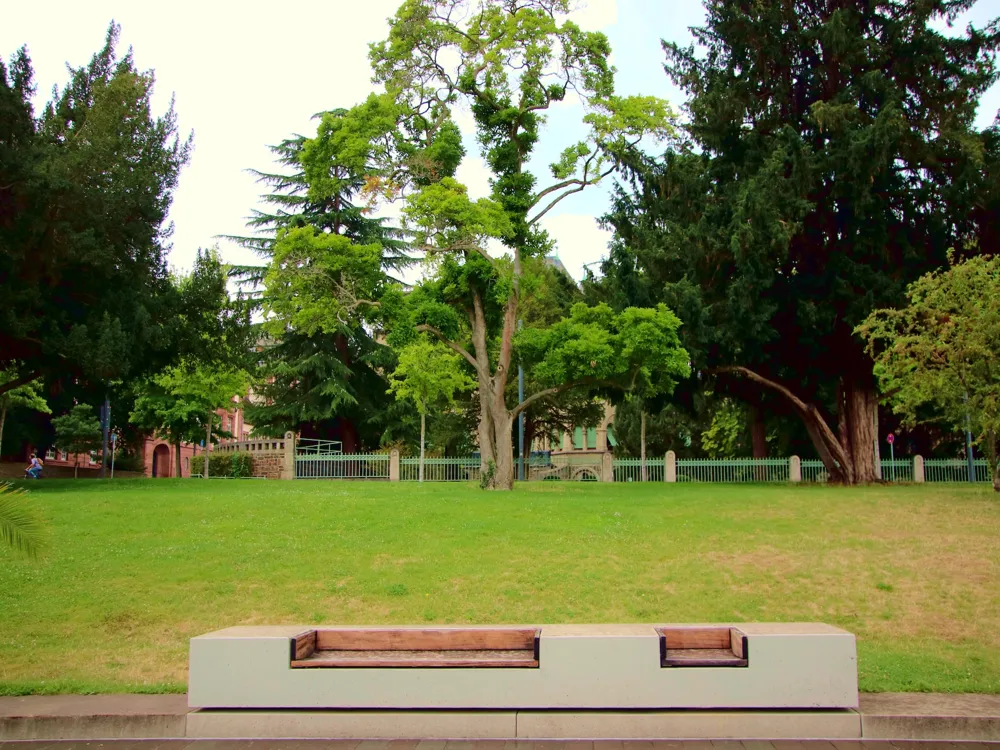
Nestled at the centre of three mountains summits, the Ba Vi National Park lies about 63 km away from Hanoi and can be reached by public as well as private transport. So stunning is the beauty of this place that it was used as a hill station by the French. Some of those resort ruins can still be seen scattered across its landscape.The park offers many hiking opportunities, especially one up the Tan Vien peak where tourists and pilgrims go to visit the Mountain God shrine. There is also a bird and an orchid garden for visitors to see.
Apart from the Tan Vien Peak, the other two peaks are called Dinh Vua which is the tallest and Nguc Hoa. However, Tan Vien remains the most popular trekking trail, due to the 11th- Century Temple of the Mountain God, frequented by pilgrims and adventure lovers alike. The national park is best known for the treasure trove of medicinal plants that it offers. These are especially loved and preferred by the Dao - An Ethnic Group in Vietnam. The main attraction, at this National Park, is the view from the mountain peaks. It may be a difficult climb, but at the top, you're rewarded with awe-inspiring views of the Vietnam panorama and the Red River Valley below.
Read More
Bach Ma Temple
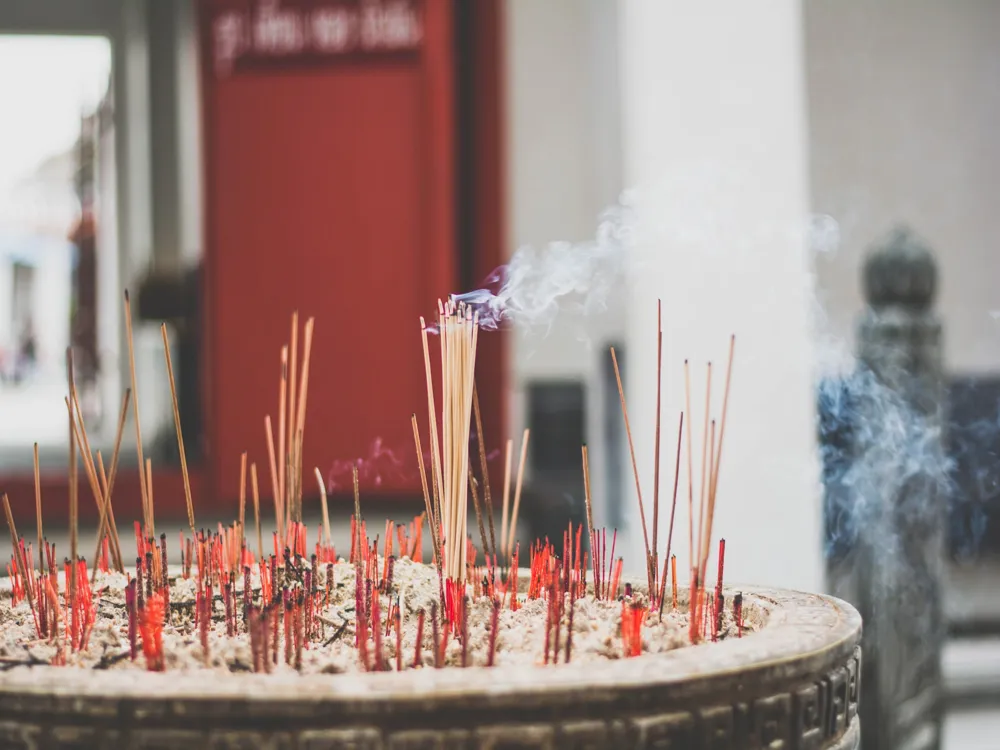
Located in the center of the Old Quarter, Bach Ma temple is a beautiful 11th-century Buddhist temple in Hanoi. It's dedicated to Bach Ma or 'White Horse', a legendary horse that is said to have led Emperor Ly Thai to the best area to construct a temple. It is a great place to see the local traditions, especially on the 1st and the 15th day of every lunar month for extended prayers, offerings, and ceremonies.
A red-lacquered palanquin greets you upon entrance, along with a shrine dedicated to Confucius and a Phoenix altar. As Hanoi's oldest standing temple, Bach Ma Temple is an important relic found between Hang Buom Street and the back door on Ngo Gach Street. It was even said to be a major hideout for Resistance fighters during the French occupation of Vietnam. The Bach Ma Temple represents some of the oldest cultures of Hanoi. From its architecture to the rituals performed, the Vietnamese hold this place in very high regard. Its history is not just corroborated by facts but is steeped in mythology, making it that much more of an attraction.
Read More
Bao Son Paradise Park
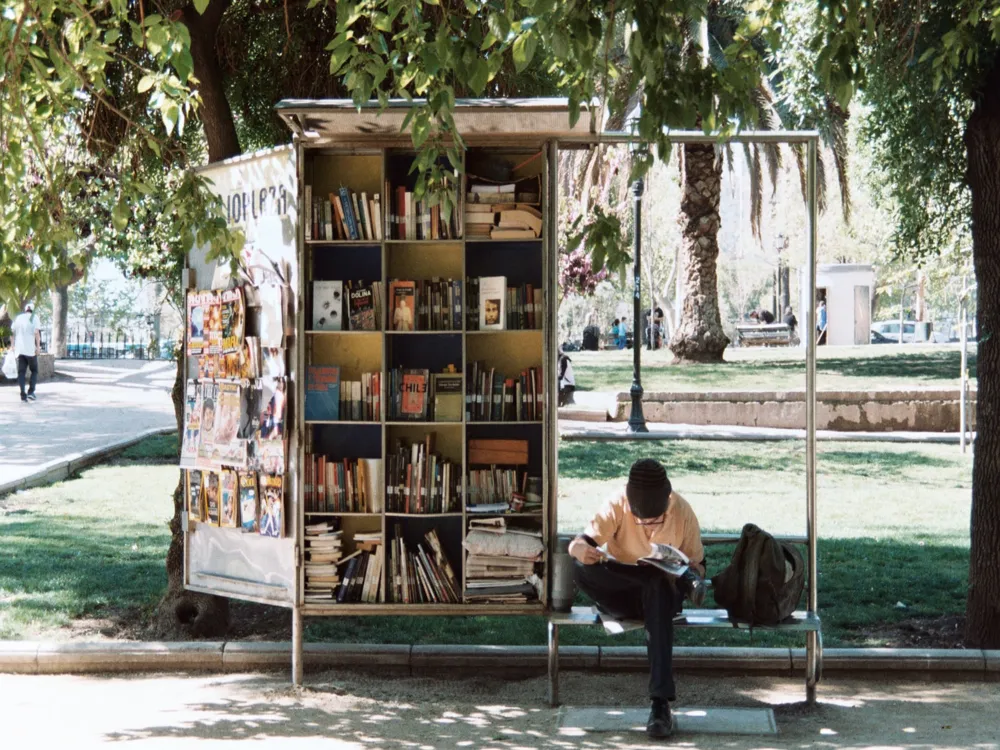
The biggest entertainment and tourism complex of Hanoi, the Bao Son Paradise Park consists of four main areas, traditional craft villages, ancient quarters, an eco-tourism area and a culinary section. This vast theme park of 20 hectares is Vietnam's own version of Disneyland offers gardens, local village settings, a ferris wheel, swimming pool, ocean world, 3D cinema and a lot more attracting tourists and locals from everywhere.
The Bao Son Paradise Park is a freshly launched entertainment and fun arena for all age groups, especially children. The Bao Son Paradise park was built on a budget of 50 million USD by the Bao Son Investment and Construction Group with a purpose of delivering and keeping alive the rich culture and integrity of Vietnam into the minds of the people and tourists. An amicable blend of modern amenities and traditional Vietnamese culture, the park opens up the minds of the visitors to a world of knowledge and entertainment.Bao Son Paradise Park Sections1. Traditional Craft VillageThe Traditional Craft Village Section of the Bao Sao Paradise Park Recreates and DemonstratesVarious Existing Village and Traditional Crafts of Vietnakm (Source)The traditional or cultural craft village hosts a number of replicas of various renowned craft villages of Vietnam like Phu Lung pottery village, Van Phuc silk village etc. Here you can experience and know about lot of Vietnam's handicrafts and embroidery techniques like gem-stone carvings, bamboo and rattan made jewelleries. It portrays Vietnam's rich cultural and craft heritage and instils upon the visitors its importance and significance.2. Old Quarter SectionThe Old Quarter Section of Bao San Paradise Park Recreates Hanoi in the Early 20th Century (Source)The replica of Hanoi's Old Quarter takes you back to the early 20th century and depicts the daily dwellings of the Hanoians, how they lived and dealt with their daily struggles. The old school Hanoians, their business practices, trades, houses and lifestyle are portrayed through this replica.3. Eco-Tourism: Safari Park and AquariumThe Eco-Tourism Section of Bao Son Paradise Park Showcases the Various Flora and Fauna of Vietnam (Source)The eco-tourism section of the park is the largest section. It hosts a gigantic aquarium which is built over an area of 10,000 square meter. The aquarium gives shelter to thousands of rare marine species. It is beautifully built and is equally mesmerizing for the visitors. Also, Bao Son Paradise Park happens to be Vietnam's first Safari Park, with its newly open safari. There are a lot of animals which can be seen during the safari tour. This is a great source of entertainment for both the children and the adults. With all that there is also a royal garden which is a home to 500 varieties of rare and treasured species of Vietnamese Orchid.4. Culinary ParadiseThe Culinary Corner of Bao Son Paradise Park Offers Traditional Vietnamese Delicacies (Source)The culinary corner is where you will find the true essence of Vietnam. The stalls are loaded with Vietnamese delicacies like Pho, Cha ca Hanoi, Bahn mi etc. a great place to enjoy and taste true Vietnam.There are Wet and Dry Rides at Bao Son Paradise Park (Source)Bao Son Paradise Park is the Vietnamese version of the Disneyland. It offers a wide range of rides and activities for children like a Ferris wheel, a discovery spacecraft area, a 3D cinema etc. Dolphin and seal shows are shown two times a day, making your time at the park fun filled.How to Reach Bao Son Paradise ParkBao Son Paradise Park is Located on the Western Outskirts of Hanoi in Vietnam (Source)The Bao Son Paradise Park is located in Le Trong Street in the outskirts of Hanoi city, close to the new townhouses of the An Khanh commune. You can either hire a cab, or take bus number 50 from the Long Bien Bridge bus stop to the park's bus stop in order to reach Bao Son Paradise Park.Bao Son Paradise Park in Hanoi, Vietnam (Source)If you want a fun filled day full of entertainment, foodgasms and more. Bao Son Paradise park is the perfect spot. It enlivens Vietnam's culture, introduces you to the ocean, makes your stomach happy and so on. Though the park needs a bit of maintenance, it's a perfect place to hangout with your family.
Read More
Bat Trang Pottery Village
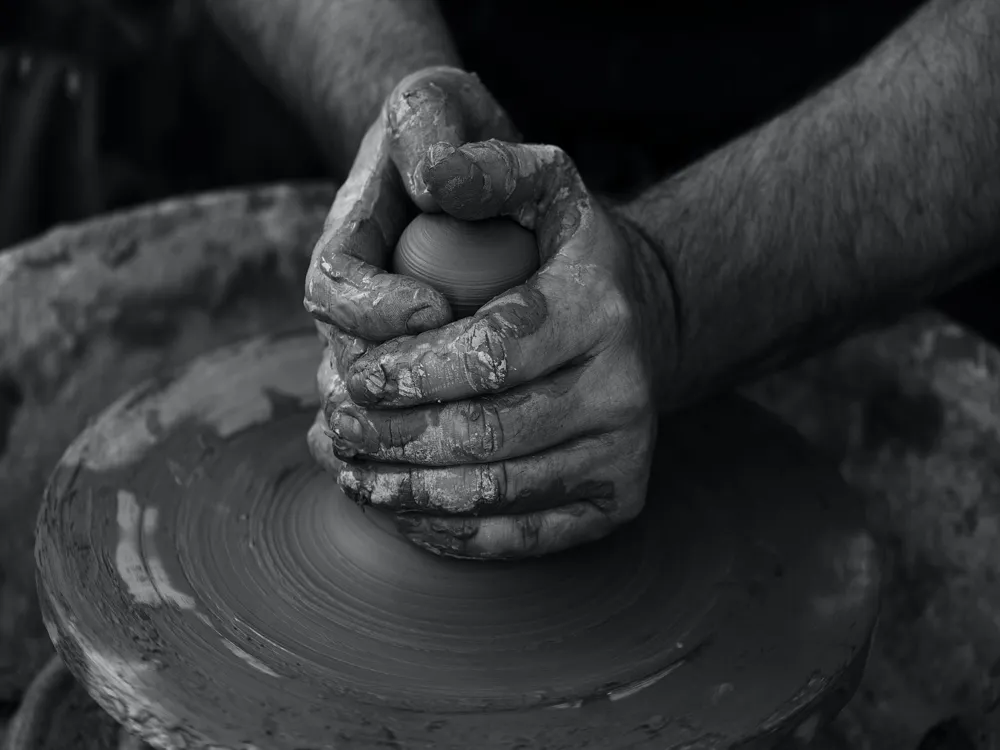
Bat Trang Pottery Village, popularly known as the 'Ceramic Village' is home to many local artisan families who excel at traditional as well as modern designs. Located in the Gia Lam District left of the Red River, there are many stores and workshops where you can not only purchase alluring ceramic products like vases, plates and bowls, but also watch them being made and learn.
With the advantage of a beautiful region rich in clay, the Bat Trang Pottery Village makes the most beautiful ceramics in Vietnam. Of course, Bat Trang's practices of pottery have seen great innovation in the last few decades - from a fairly tedious process made by hand with relatively similar designs, pottery in this village has been transformed by production practices and creativity in design. Not only can you buy everyday items like pots and plates now, but you can splurge on decorative items like vases and even idols for worshipping. In most instances, you'll even get to watch your items be made before your own eyes, making these treasures all the more special.Bat Trang Pottery Village is a Compilation of Colourful Narrow Lanes and Traditional Vietnamese Arts (Source)At Bat Trang Pottery Village, you'll get a chance to explore its small lanes and visit little workshops, or even enjoy a unique sightseeing tour on a water buffalo. The Pottery Market has thousands of ready-made designs on sale. The village is full of warm, friendly locals who love sharing their craft with the world, assuring it as an amazing location to enjoy a day near Hanoi.Bat Trang Pottery Village ClassBat Trang Pottery Village Offers Tourists the Opportunity to Learn and Create Beautiful Ceramic Products (Source)In order to obtain the most unique products, you can enjoy the experience of making them yourselves at Bat Trang. Almost all tours to Bat Trang Pottery Village include this important element of interacting with the locals, learning some of their skills, and allowing them to help you make your very own ceramic product. At the Pottery market, there are plenty of families that offer this service for anywhere between VND 40,000 (INR 120) to VND 60,000 (INR 180) for the entire experience. First, you'll be given moist clay at your turntable station where you can mould it as you please. There's a great deal of freedom given to you, allowing your imagination and creativity to run wild. If you're a little unsure, the artisans are always ready to help you craft a beautiful product, and correct any blemishes.After the Clay Products Dry, Artisans Perfect the Finished Product at Bat Trang Pottery Village by Decorating it (Source)A clay product will take around half an hour to dry properly, after which the artisans bake it further and glaze it for that perfect color and shine. During this waiting time, you can explore the village and see what kinds of items are on offer elsewhere. When your item is ready, you can come back to see how it looks in its final decorated state. For an additional price, it’s yours for the keeping! There's no better way to truly appreciate the craftsmanship and skills of the Bat Trang artisans than getting a chance to create something for yourself.Bat Trang Pottery Village ProductsBat Trang Pottery Village is Famous for some of the Finest Collection of TraditionalVietnamese CeramicsBecause of its rich history of pottery, the artisans here have practically perfected the art of pottery. This village's products are widely renowned for their high quality, wide range of designs, colors, and types of items. Although they are produced through a partly-mechanised process, a lot of ceramics at Bat Trang has a human element in its creation, making each piece utterly unique. There are certain patterns, designs, and colors that will recur between stores during your explorations. According to the village craftsmen, the most popular products to be created and sold contain images of phoenixes, dragons, nature, and most importantly, depictions of the lives of Vietnamese people, especially their inherent spirituality and philosophy. You'll find them in all kinds of ceramics like plates, mugs, cups, jars, vases, and so on.Bat Trang Pottery Village ActivitiesYou can Watch Various Ceramics Being Molded at the Bat Trang Pottery VillageAs soon as you turn off the main road into the village lanes, you'll notice that most of these little lanes leading left and right, directing you in apparent circles, lead into the village centre where the main market is situated. This centre is called "cho". It is the heart of Bat Trang Pottery Village where you'll find all the shops and restaurants, making it the tourist hub of this area. Just beside the market, you'll even see the traditional coal kilns where the ceramics have historically been heated and dried aside from the old-school style of pat-drying on walls. These kilns are off-limits for tourists. Entry as well as photography is forbidden here.The best way to experience the village is by travelling on a traditional cart pulled by a water buffalo. These cards accommodate almost 10 people each and can be rented by hour. Just imagine how thrilling it must be to see the village from the back of a cart, rocking back and forth while marvelling at the ceramic wonders around you! A buffalo vehicle can be rented for anywhere between VND 150,000 (INR 450) to VND 200,000 (INR 600). You'll see tons of these buffalo vehicles at the village's shopping centre.An Assortment of Ceramic Products is Available at the Bat Trang Pottery Village Market (Source)Aside from the shopping centre, Bat Trang has Van Van House and Ceramic Village that should definitely not be missed during your trip. Did you know that Van Van House is believed to house more than 400 items of pottery that date back as early as the 15th century? There are dozens of little shops and street vendors selling authentic ceramics from cups and wind chimes to bracelets and dinner plates. Even if you aren't interested in purchasing any items, walking through the shopping centre can be an exciting experience. It's full of street vendors hawking loudly, plenty of colourful pottery all around, and even the aroma of delicious food wafting from food stalls. You'll get to meet the hospitable locals who love to show off their items and aren't shy to pose for photographs!Bat Trang Pottery Village HistoryBat Trang Pottery Village is about 500 to 1000 years old (Source)According to the Complete Annals of Dai Viet, Bat Trang Pottery Village was created in the 14th century by local artisans who came together to combine techniques and resources towards their artworks. However, local legends from this community insist that the village existed in as early as the 10th century under the Ly dynasty. When the king moved the capital of Vietnam to Thang Long, merchants and craftsmen thronged to the area to sell their products, eventually creating the crafts village it is today.Economic reforms in the 20th century brought resurgence in trade of artisanal products. It became a staple for pottery products in Asia. During Vietnam's colonial period, these products travelled as far as France and Italy too. In the last decade, Bat Trang's ceramics have been particularly popular around the world. Some products from the village can be found in prolific museums like the Guimet Museum in France and the Royal Museum of Fine Arts in Belgium.How to Reach Bat Trang Pottery VillageBat Trang Pottery Village is Located 15 Kilometres South of Hanoi in Vietnam (Source)Bat Trang Pottery Village can be found on the left bank of the Red River. It is approximately 15 kilometres south of Hanoi in the Gia Lam district. If you'd like to rent a taxi or a motorbike, it will take less than half an hour to reach this pottery village from Hanoi, and will cost around VND 150,000 (INR 450) to VND 200,000 (INR 600). There are public transport options available as well that are cheaper and much more convenient. You can easily catch Bus 47 from Long Bien Street in Hanoi to Bat Trang Pottery Village that runs every half hour. This will only cost VND 15,000 (INR 45).Best Time to Visit Bat Trang Pottery VillageThe best time to visit the Bat Trang Pottery Village is between September and April. In the monsoon months, the village becomes quite wet and its clay soil makes for a very mucky experience. Tips for Visiting Bat Trang Pottery VillageThere is an Additional Charge for Decoration of Products You Make at Bat Trang Pottery Village (Source)Because you'll be interacting with buffalos and playing with clay at Bat Trang, it's a good idea to dress comfortably in clothes that you wouldn't mind getting a little dirty. You definitely don't want to visit this pottery village dressed in white!Although the pottery workshops here cost around VND 40,000, don’t forget that this is just for the clay moulding experience. If you'd like to further decorate your items, there are additional charges of around VND 50,000 (INR 50) per item. And if you'd like to keep your item to take back home, you’ll need to pay around VND 25,000 (INR 760).As you'll get to witness traditional Vietnamese life at Bat Trang Pottery Village, there are also plenty of delicious food options that you shouldn't miss. We'd recommend trying out the ca phe trung, the rich, creamy egg coffee best known in Vietnam.Bat Trang is not too far from Hanoi, so it's best enjoyed as a short day trip. Accommodations for overnight stays or multiple day visits are few and scarce here.Bat Trang Pottery Village in Hanoi, Vietnam (Source)From getting to wander in a traditional Vietnamese village to enjoying the opportunity to create your own ceramic products, Bat Trang is a wonderful day trip out of the bustle of Hanoi's city life.
Read More
Bia Hoi Corner
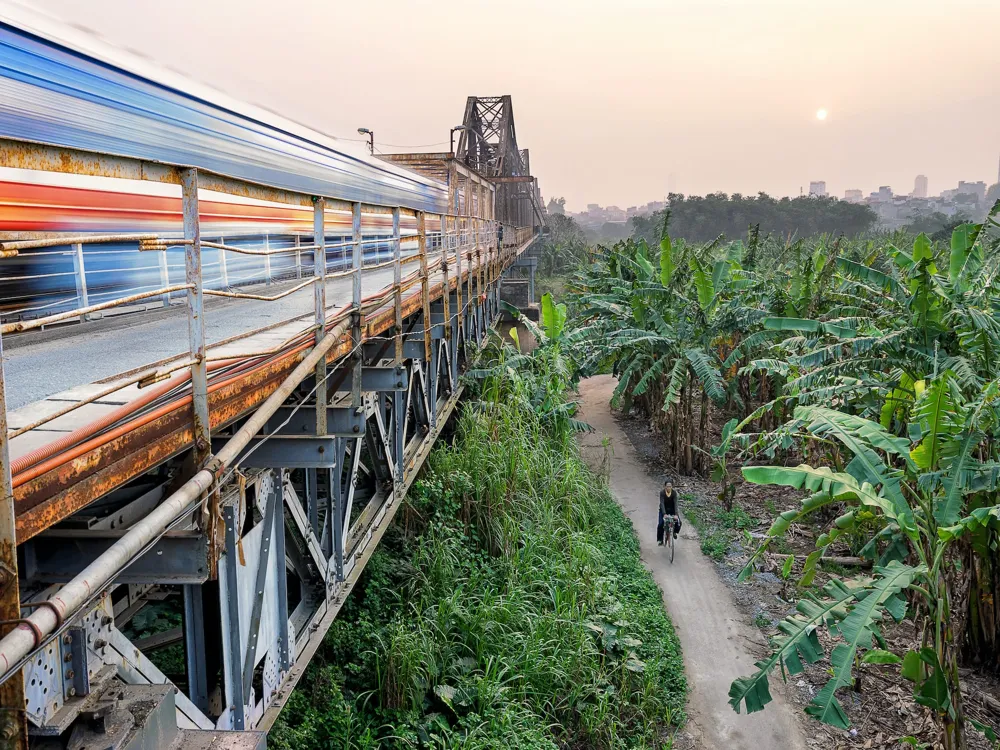
Considered the best nightlife spot in Hanoi, the Bia Hoi Corner is a busy and bustling junction for beer lovers. Bia Hoi, also known as 'fresh beer' is a light draft beer with low alcohol quantity and affordable prices. The corner is famous for its many makeshift stalls and small pubs that serve chilled beers and some delicious Vietnamese food. It is located in the Old Quarter section of Hanoi.
Bia Hoi is a signature of Vietnam today, although it came into existence after the French departed the country in 1954, leaving behind the Hommel brewery. The Vietnamese rechristened it as the Hanoi Brewery, watered down the brew, and began selling the fresh, chilled, straw-colored light beer that boasts only 4% alcohol. Reckoned to be dirt cheap at VND 5000 to VND 8000 per glass by backpackers and European tourists, the drink has epitomized the life and culture of the young and old across the country.
Bia Hoi Corner in Hanoi's Old Quarter is Considered to be One of the Best Nightlife Experiences of the City, and a Favourite Among Backpackers (Source)
The beer-drinking population is seen spilling out into the street as the evening progresses, with the colorful plastic stools and recycled glass tumblers becoming more and more apparent. The tourists, expatriates, and locals enjoy the delightful draft beer that delivers a mild kick without intoxicating the consumer. The popularity of this inexpensive drink has to be seen to be believed. It is an apt location for carrying out animated conversations on just about everything under the sun with no fear of eavesdropping.
Bia Hoi Corners and Junctions are Found all across Hanoi, Vietnam (Source)
A visitor to Hanoi does not have to search in earnest for the ubiquitous Bia Hoi corner either. The neon-lit shops indicate the way to the corners, where there is a profusion of red, blue, and green plastic stools spilling out of the pavement into the streets. The occupants are seen holding their glasses aloft amidst boisterous cheering. The patrons think nothing of ordering a glass of Bia Hoi for newly met strangers either, given its price. The beer is gulped thirstily while nibbling on packets of rice crackers, roasted peanuts, and crispy pumpkin seeds that the waiters slip onto the temporary tables created by placing a couple of stools together.
Bia Hoi Corners are Prevalent All Across the City, Where a Mix of People Come to Hang Out (Source)
The drinking hole or holes (there are 200 of such corners prevalent all over the city) happens to be a melting pot of cultures where the boundaries of wealth, societal status, and nationality disappear after a round or two of delicious Bia Hoi. It would indeed be a shame to miss this exciting trend while on a trip to Hanoi.
How to Reach Bia Hoi Corner
While there are many Bia Hoi Corners in Hanoi, the most prominent is the Bia Hoi Corner in Old Quarter. Taking a Xe Xom or a motorcycle taxi or a cyclo to the Old Quarter is fairly inexpensive and costs around VND 10,000 to VND 30,000 for a 2 Km ride.
Bia Hoi Corners are a Must-Visit in Hanoi, Vietnam (Source)
No trip to Hanoi, the Capital of Vietnam, is deemed to be complete without a customary visit to the Bia Hoi Corner or Junction. The best makeshift pubs can be found in the corner where the Ta Hien and Luong Ngoc Quyen streets intersect each other. The sight of hundreds of people sitting on brightly coloured plastic stools, beer tankards in hand is just one of the indicators of the bustling nightlife of Vietnam.
Read More
Hanoi Travel Packages
View All Travel Packages Hanoi
Nearby Places Hanoi
Browse Package Collections
Browse Hotel Collections











